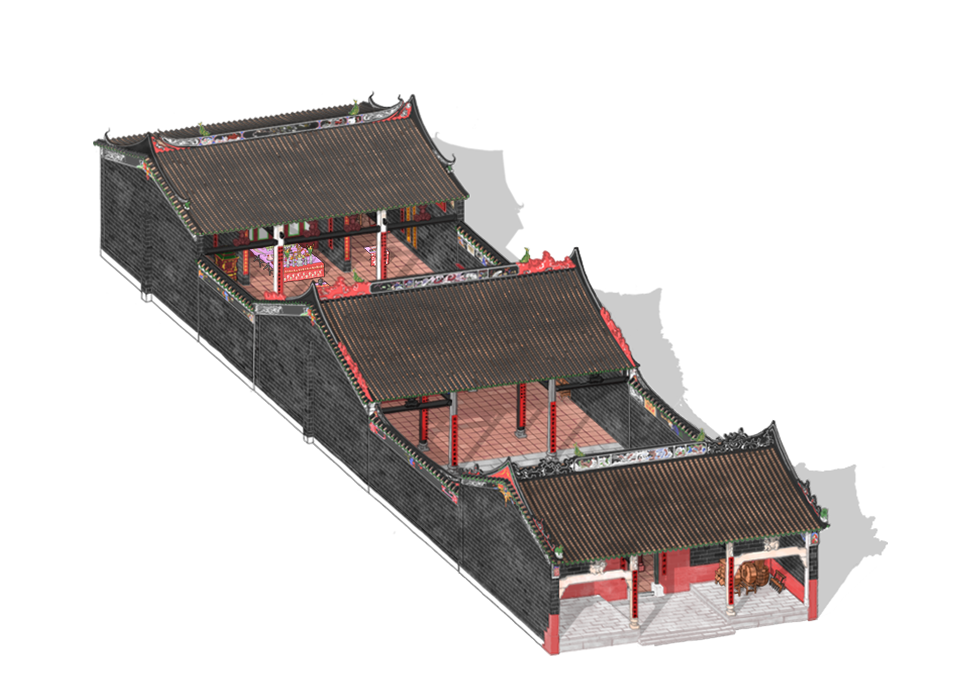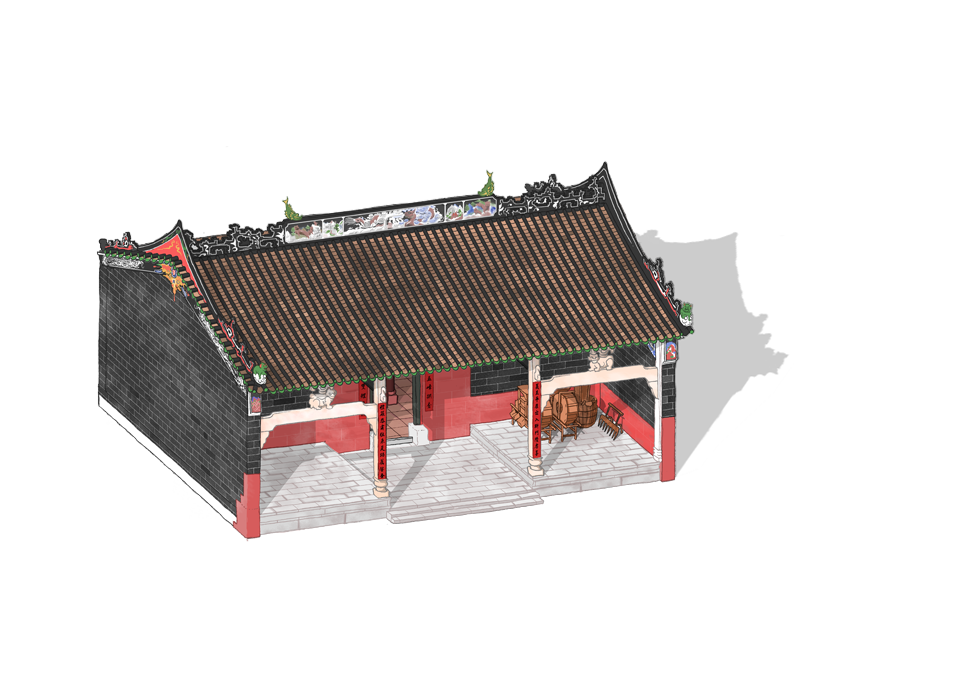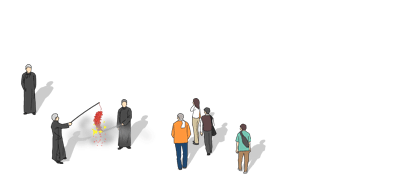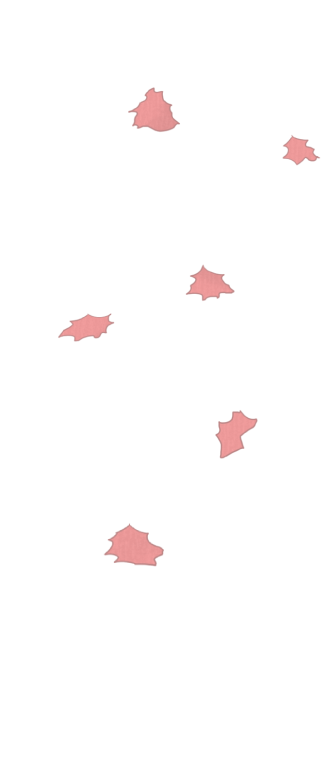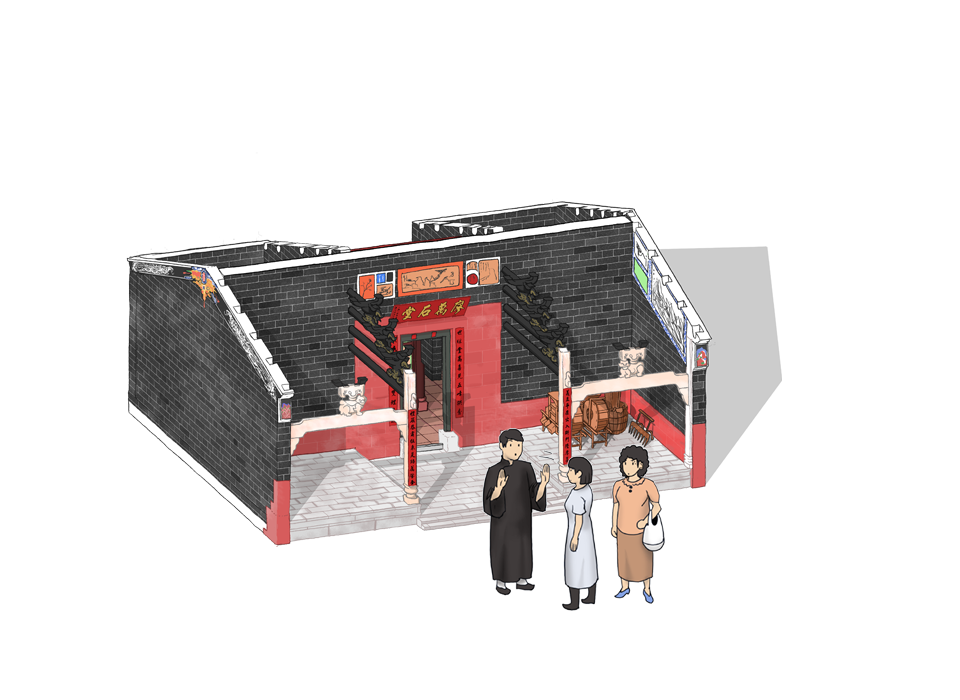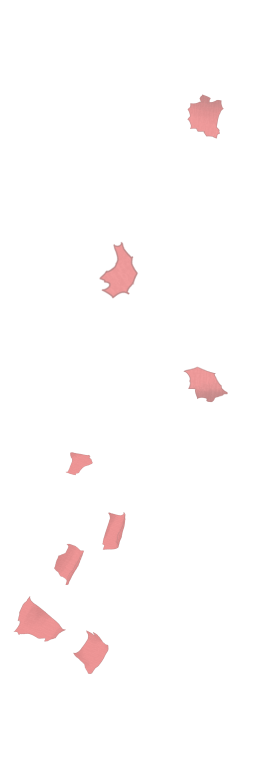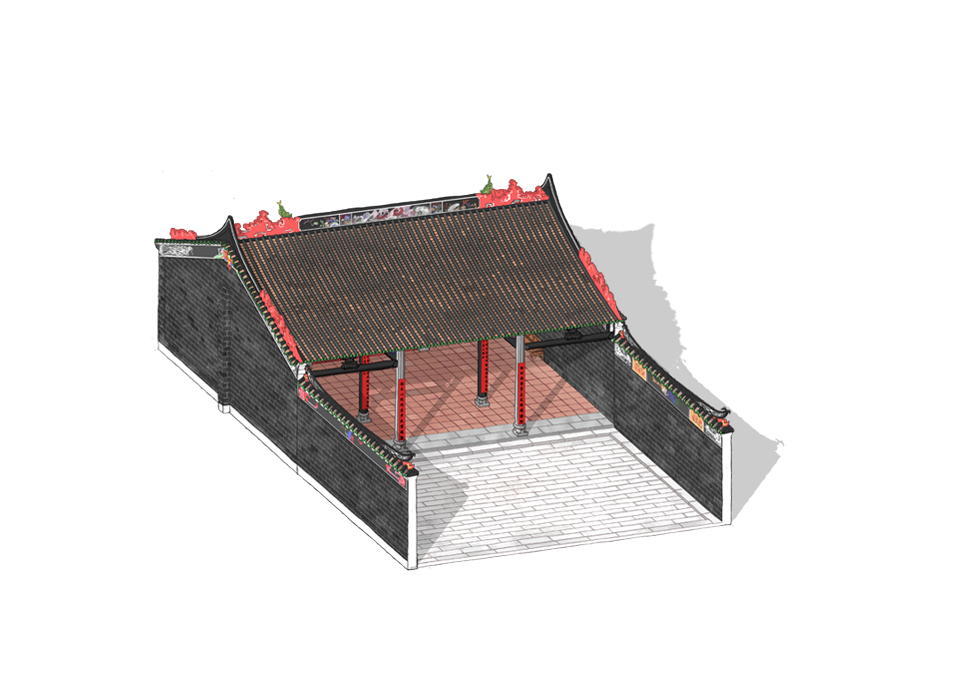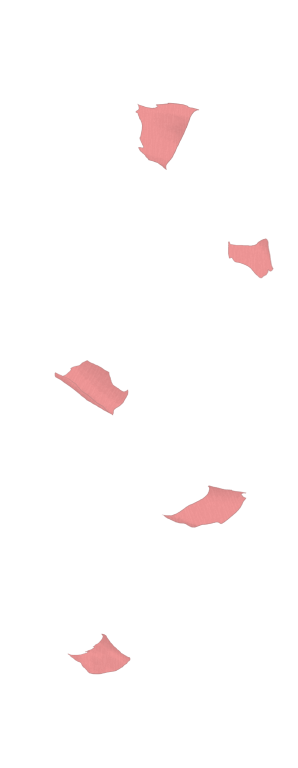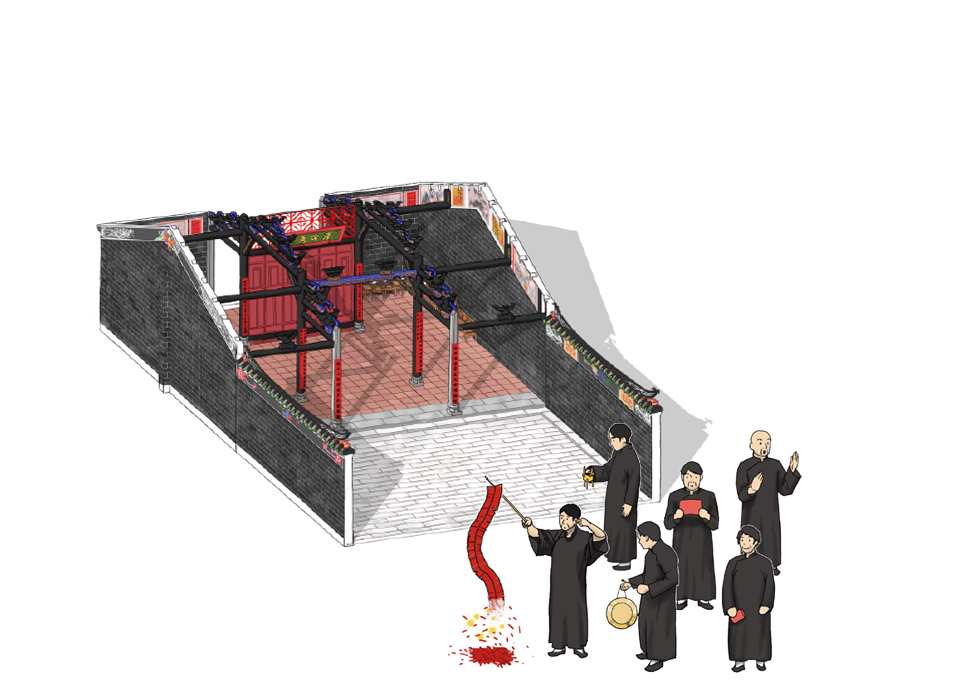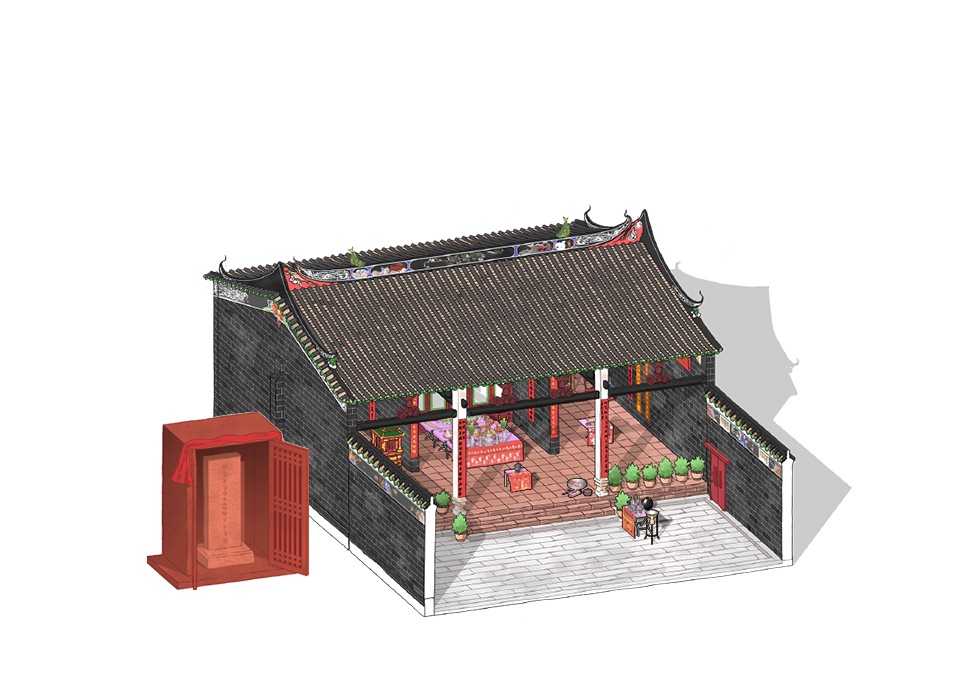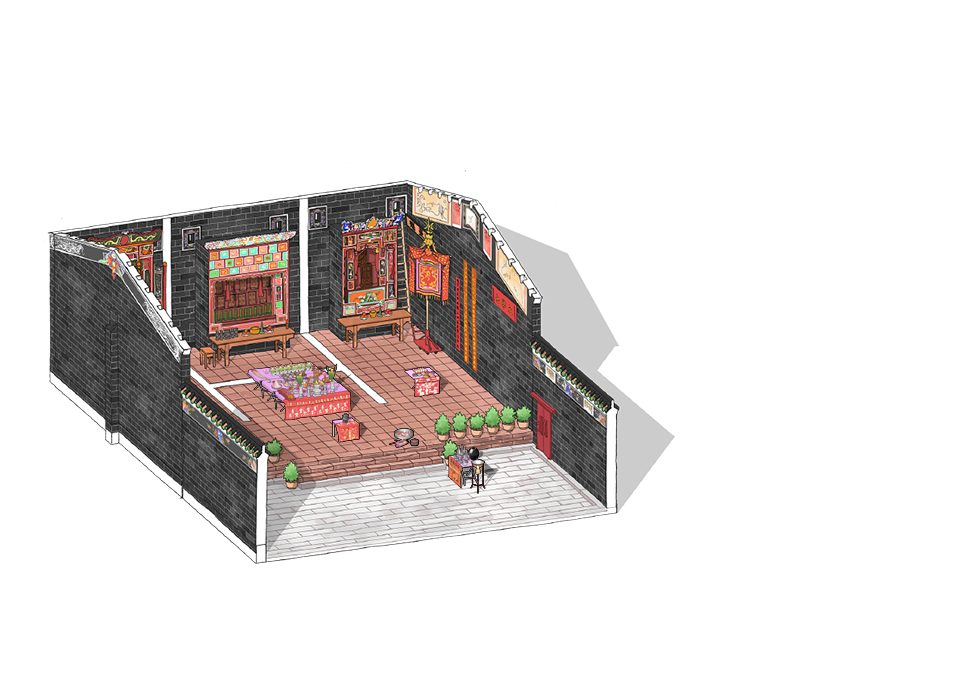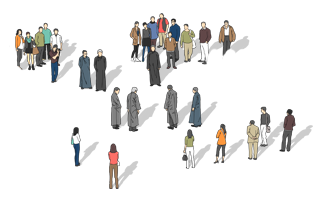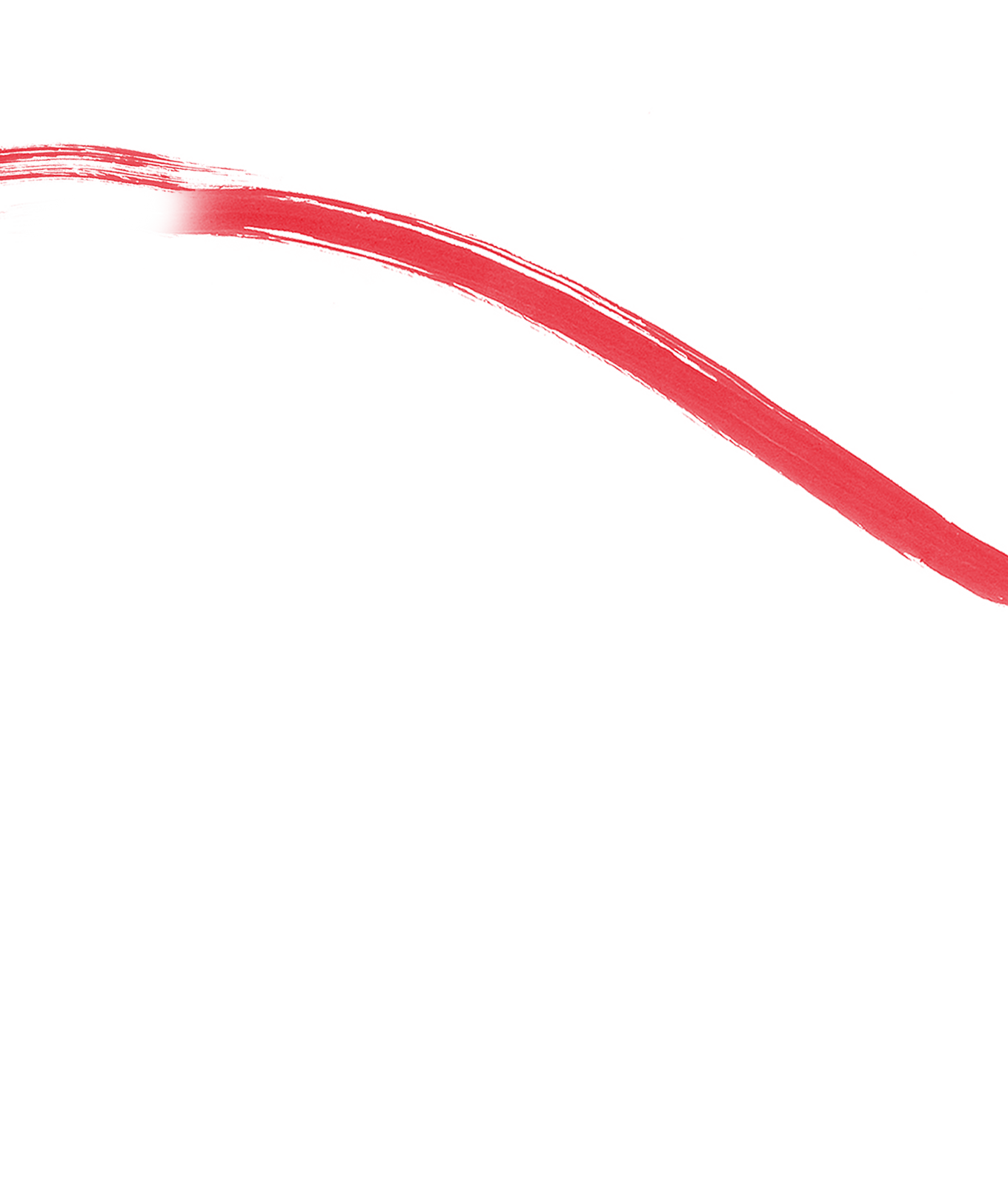Traditional rites
The ancestral worship rites begin at 11 in the morning. The rundown follows that of the ancient customs, with over a dozen ceremony masters taking up various tasks, including the Tong Zhan (responsible for chanting), Yin Zhan (responsible for rites of passage), Si Zhu (responsible for declaiming the invocations), Si Zun (responsible for wine offering), Si Pao (responsible for the launch of fireworks), Si Gu (responsible for sounding the drum and gongs), and the passing of offerings. The most senior member of the clan presents the offerings to ancestors and deities to the ancestors, and then other clansmen offer wine according to the order of seniority. The entire ceremony takes 45 minutes, which has been greatly shortened compared to the past, but it still retains much of the old ways. For example, the invocations read by the Tong Zhan and Si Zhu are written in ancient style, and they are read in a slightly Hakka inflection.






